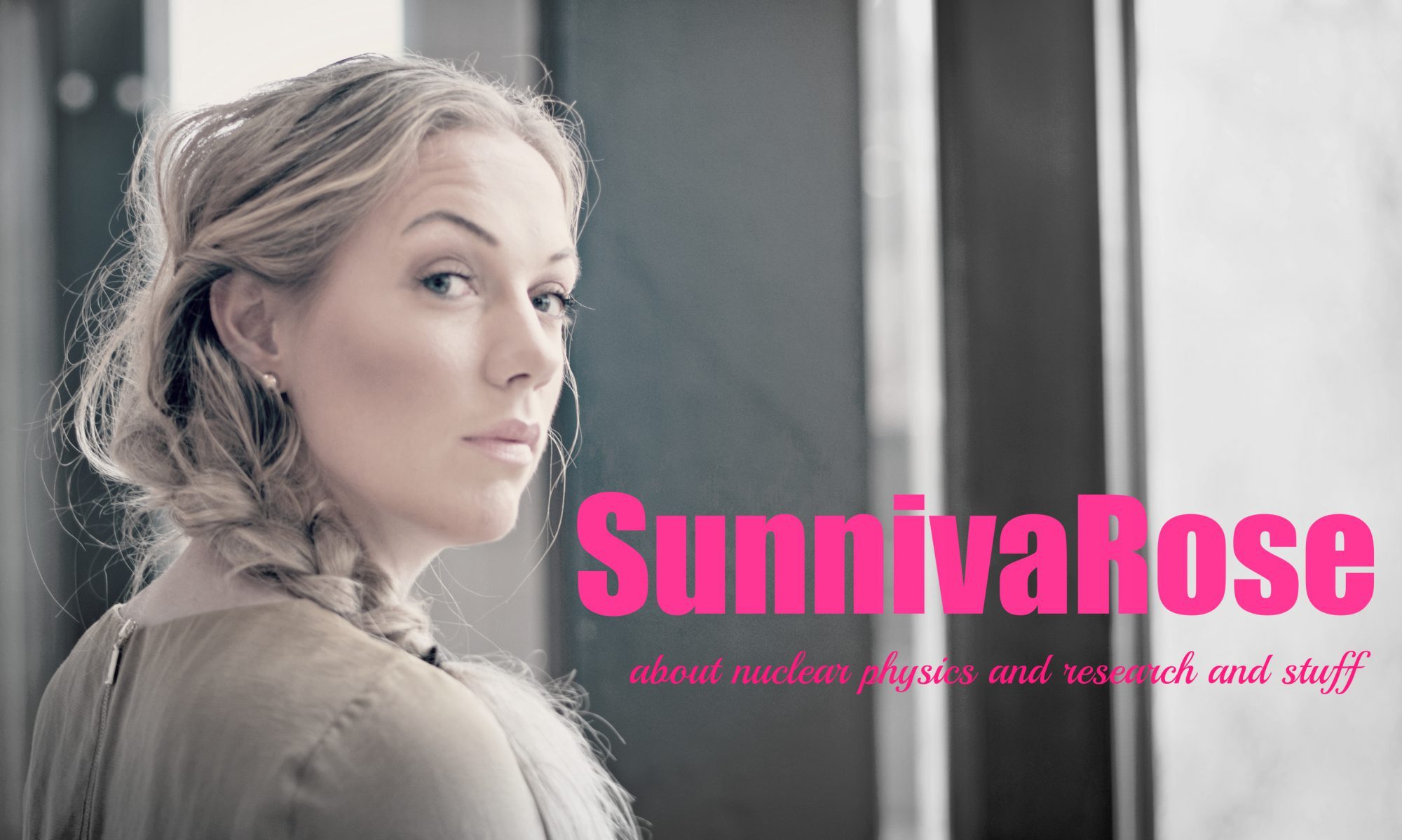Hei dere 🙂 Jeg er i feriemodus om dagen, og det blir derfor litt tynt med innlegg herfra - beklager det, samtidig som jeg ikke beklager at jeg er på hytta (på Herføl) med Lise, og bare slapper av og koser meg maks. Været er fremdeles alt man kunne bedt om, og jeg bare nyter. I morgen kveld kommer Anders utover også, og da blir det om mulig enda bedre ♥
Her kommer del 2 av "Sunniva svarer" om thorium og kjernekraft og andre relaterte spørsmål. Ikke sjans for at jeg ble "ferdig" med alle spørsmålene denne gangen heller... Ikke at det er noe poeng - jeg får stadig flere spørsmål, og det er helt supert! Keep them comin'!
Denne gangen svarte jeg på følgende spørsmål:
- Kan Thorium bidra til bedre brenselsbrenning?
- Hvilken kr verdier kan et eventuelt gjennombrud bety kommersielt?
- Kan vi leve av dette "etter olja"?
- Hvorfor snakker ingen i miljøbevegelsen om fordelene og potensialet ved thorium?
- Hvor står Thor Energi sin forskning oppi dette med at Halden legges ned?
- Mer om thorium og våpen – hvorfor går det ikke/hvorfor er det vanskelig?
- For at en atombombe skal eksplodere, hva er det som må til? Jeg ser at man må få uran/plutonium til å overgå den kritiske massen, men holder det alene å kjøre sammen to mindre stykker uran til en større? Eller må man også fyre av et nøytron slik at kjedereaksjonen starter?
- Man kan lage bomber både av uran og plutonium, men er det noe prinsipiell forskjell i de to typer bomber bortsett fra selve stoffet?
- Vet du hvordan vi kan nå fram til skeptikere, politikere, næringsdrivende og andre med budskapet?
Forresten så var jeg også denne gangen bittelitt usikker på om jeg var på eller ikke, så det første minuttet kan du godt spole over 😉
Jeg skal komme med en ny livesending om thorium (og andre temaer om kjernekraft og våpen og energi og sånn), men så lenge det er ferie, er jeg ikke sikker på når det blir... Jeg kommer selvsagt til å si i fra på Facebook-siden min på forhånd, så lik den gjerne, for å få med deg Live-sendinger, og beskjed om når jeg har skrevet nye innlegg, eller deler andre ting jeg syns er spennende, HER.
Ut i fra responsen på de to videoene jeg har laget så langt tenker jeg at dette er noe jeg vil gjøre fast, men det blir først etter sommeren. Trooor onsdag kan være en god dag for en "Sunniva svarer"-spalte 🙂



















